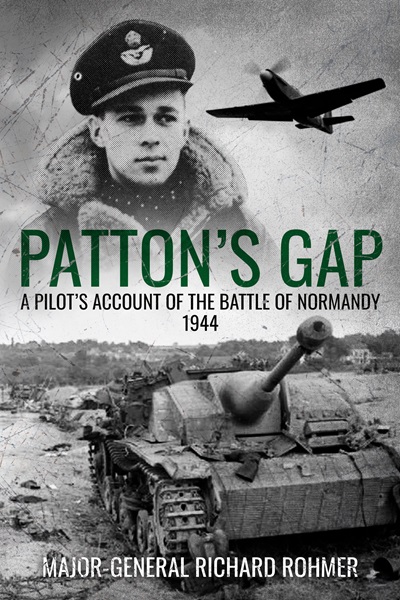
An eye-opening and hard-hitting account of one of the gravest, most costly Allied tactical errors of World War Two: the failure to close the Falaise Gap

An eye-opening and hard-hitting account of one of the gravest, most costly Allied tactical errors of World War Two: the failure to close the Falaise Gap
This remarkable book which sheds light on an oft-forgotten area of the Second World War should be essential reading for those who enjoy the works of Martin Blumenson, Simon Trew, and Carlo D’Este.
By 12 August 1944, the entire German Seventh Army and what remained of the Fifth Panzer Army were trapped within a pocket with only one route out — the Falaise Gap.
This twenty-mile exit remained open for nearly a week, and by the time the decision had been made to close the Gap nearly a quarter of a million enemy soldiers, all their equipment, and thousands of tanks and vehicles had escaped.
This monumental error, which undoubtedly prolonged the war could and should have been prevented, yet why was the Gap not swiftly closed when the opportunity to capture an entire German army presented itself? Were any of the leading generals: Patton, Montgomery, Bradley, or Eisenhower, ultimately to blame for this, or was it a result of a general lapse of concentration across Allied forces during the heat of battle?
As a fighter-reconnaissance pilot who undertook one hundred and thirty-five mission tours Major-General Richard Rohmer was able to gain a bird’s-eye view of the Battle for Normandy. This, combined with his experience as a military commander, analyst, and best-selling author, allows him to have a unique insight into the events leading up to the creation and resolution of the Falaise Gap.
Drawing upon meticulous research from a variety of sources as well as his own wartime logbook Rohmer’s Patton’s Gap is a remarkable book that presents a thorough overview as well as eyewitness account to the controversial conclusion of the Battle of Normandy.